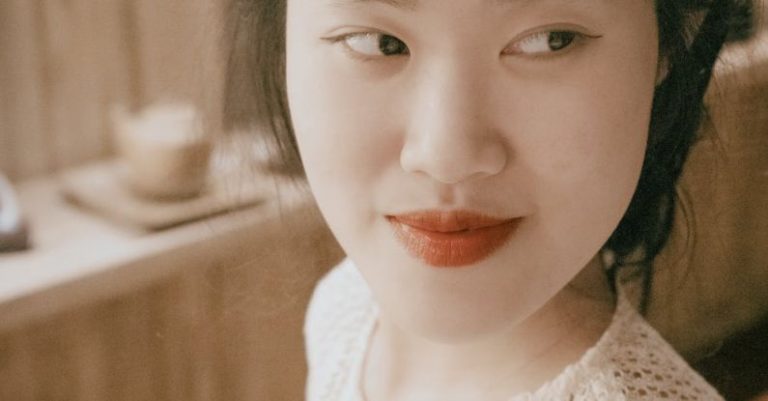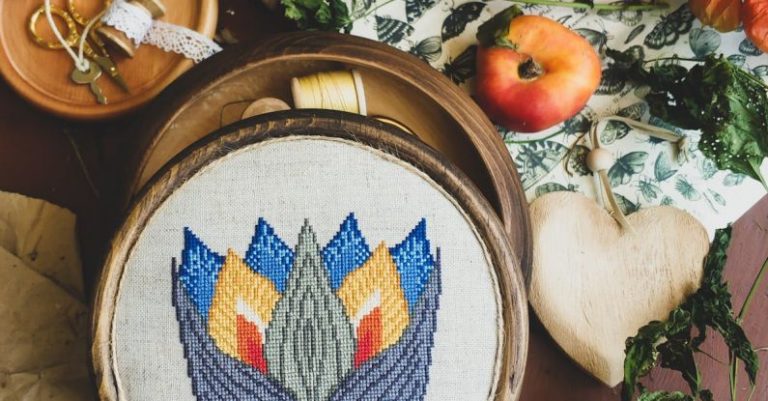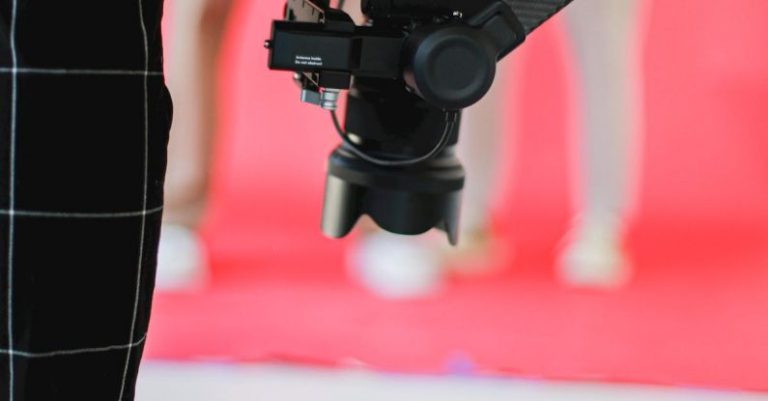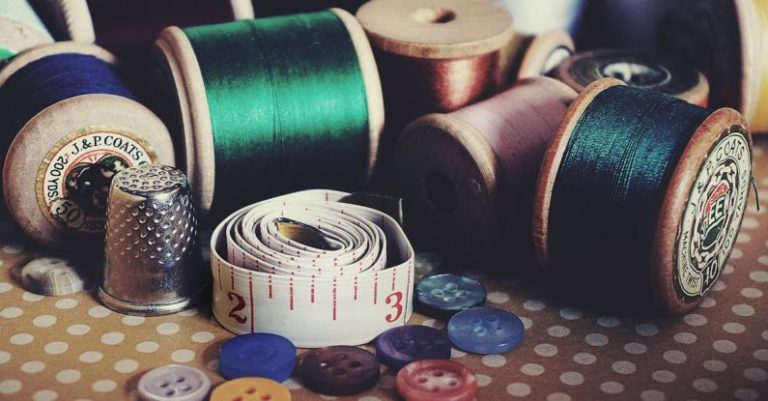
Embroidery is a beautiful and versatile craft that allows individuals to express their creativity through needle and thread. Whether you are looking to personalize your clothing, add a unique touch to home decor, or simply unwind with a relaxing hobby, embroidery offers endless possibilities. If you are new to the world of embroidery, mastering a few basic stitches is the perfect place to start. These fundamental stitches will serve as the building blocks for more complex designs and patterns, allowing you to create stunning embroidered pieces with ease. In this article, we will explore the basic embroidery stitches that every beginner should learn to kickstart their embroidery journey.
Getting Started with Embroidery Stitches
Before diving into the world of embroidery stitches, it is essential to have the right tools and materials on hand. You will need an embroidery hoop, embroidery floss in various colors, embroidery needles, a pair of scissors, and fabric to stitch on. Once you have gathered your supplies, it’s time to familiarize yourself with the basic embroidery stitches that will set the foundation for your future projects.
Running Stitch
The running stitch is one of the simplest and most versatile embroidery stitches, making it perfect for beginners. To create a running stitch, bring the needle up through the fabric and then insert it back down in a straight line. Repeat this process, spacing your stitches evenly apart. The running stitch can be used for outlining designs, creating borders, or adding texture to your embroidery.
Back Stitch
The back stitch is another essential embroidery stitch that is commonly used for outlining and adding fine details to your designs. To execute a back stitch, bring the needle up through the fabric and make a small stitch backward. Then, bring the needle up through the fabric again, positioning it one stitch length ahead. Continue this pattern, ensuring that each stitch connects to the previous one in a neat and uniform line.
French Knot
The French knot is a popular embroidery stitch that adds dimension and texture to your designs. To create a French knot, bring the needle up through the fabric and wrap the embroidery floss around the needle two to three times. Hold the wrapped floss in place with your fingers and insert the needle back into the fabric close to where it emerged. Gently pull the needle through the wraps to form a tight knot on the surface of the fabric.
Satin Stitch
The satin stitch is a versatile embroidery stitch that is perfect for filling in shapes and creating smooth, solid areas of color. To execute a satin stitch, bring the needle up through the fabric at one end of the shape you want to fill. Then, insert the needle back down on the opposite side of the shape, creating a straight stitch. Continue filling in the shape with parallel stitches, ensuring that they are close together to achieve a smooth, satin-like appearance.
Chain Stitch
The chain stitch is a classic embroidery stitch that is ideal for creating decorative borders, outlines, and intricate designs. To create a chain stitch, bring the needle up through the fabric and form a small loop on the surface. Insert the needle back down through the fabric, catching the loop with the tip of the needle to secure it in place. Continue this process, linking each chain stitch to the previous one to create a continuous chain-like pattern.
Experiment and Practice
Embroidery is a skill that improves with practice, so don’t be afraid to experiment with different stitches and techniques to discover what works best for you. As you become more comfortable with the basic embroidery stitches, you can begin to combine them and explore more advanced techniques to elevate your embroidery projects. Remember to take your time, enjoy the process, and let your creativity guide you as you embark on your embroidery journey.
Embroidery Stitches for Beginners: A Gateway to Creativity
Embroidery stitches are the building blocks of beautiful embroidered designs, and mastering the basics is essential for any beginner looking to explore the world of embroidery. By familiarizing yourself with fundamental stitches such as the running stitch, back stitch, French knot, satin stitch, and chain stitch, you will have the skills and confidence to embark on a variety of embroidery projects. Whether you are embellishing clothing, creating decorative accents for your home, or simply looking for a creative outlet, learning these basic stitches will open up a world of possibilities for your embroidery endeavors. So grab your needle and thread, and let your imagination soar as you bring your unique embroidery creations to life.





